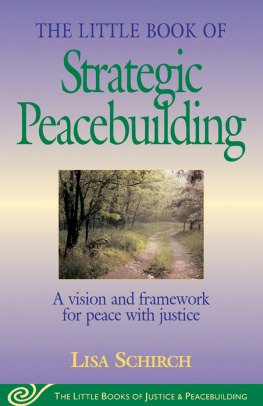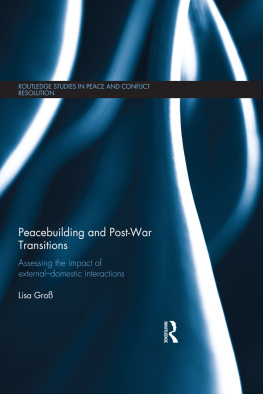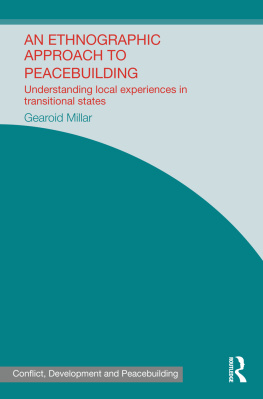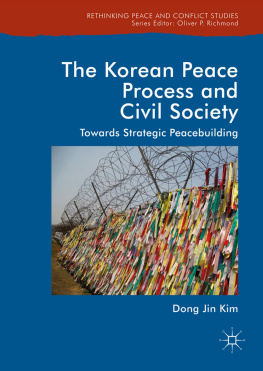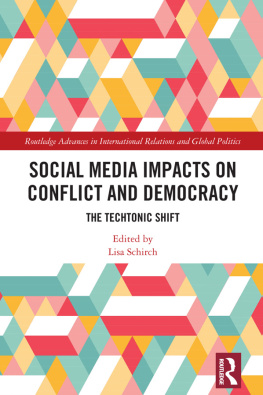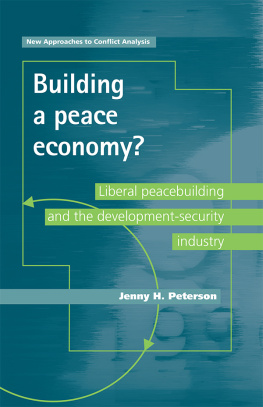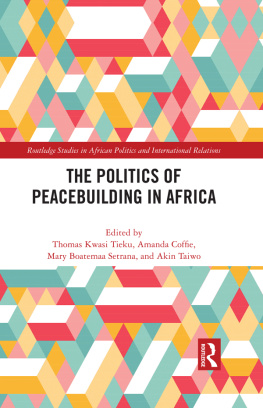
Published titles include:
The Little Book of Restorative Justice by Howard Zehr
The Little Book of Conflict Transformation by John Paul Lederach
The Little Book of Family Group Conferences, New-Zealand Style by Allan MacRae and Howard Zehr
Forthcoming titles or topics include: The Little Book of Peacebuilding
The Little Book of Negotiation
The Little Book of Circle Processes
The Little Book of Group Processes for Difficult Issues
The Little Book of Biblical Justice
The Little Book of Restorative Discipline for Schools
The Little Book of Restorative Justice for Prisoners
The Little Books of Justice and Peacebuilding present, in highly accessible form, key concepts and practices from the fields of restorative justice, conflict transformation, and peacebuilding. Written by leaders in these fields, they are designed for practitioners, students, and anyone interested in justice, peace, and conflict resolution.
The Little Books of Justice & Peacebuilding series is a cooperative effort between the Conflict Transformation Program of Eastern Mennonite University (Howard Zehr, Series General Editor) and publisher Good Books (Phyllis Pellman Good, Senior Editor).
Copyright 2014 by Lisa Schirch
All rights reserved. No part of this book may be reproduced in any manner without the express written consent of the publisher, except in the case of brief excerpts in critical reviews or articles. All inquiries should be addressed to Good Books, 307 West 36th Street, 11th Floor, New York, NY 10018.
Good Books books may be purchased in bulk at special discounts for sales promotion, corporate gifts, fund-raising, or educational purposes. Special editions can also be created to specifications. For details, contact the Special Sales Department, Good Books, 307 West 36th Street, 11th Floor, New York, NY 10018 or info@skyhorsepublishing.com.
Good Books in an imprint of Skyhorse Publishing, Inc., a Delaware corporation.
Visit our website at www.goodbooks.com.
10 9 8 7 6 5 4 3 2 1
Library of Congress Cataloging-in-Publication Data is available on file.
Design by Dawn J. Ranck
Print ISBN: 978- 1-56148-427-X
Ebook ISBN: 978-1-68099-045-4
Printed in the United States of America
Library of Congress Cataloging-in-Publication Data
Schirch, Lisa.
The little book of strategic peacebuilding / by Lisa Schirch.
p. cm.
Includes bibliographical references.
ISBN 1-56148-427-X (pbk.)
1. Peace-building. 2. Conflict management. I. Title.
JZ5538.S35 2004
Table of Contents
Acknowledgments
M ost of the content in this book grew out of reflecting and learning with thousands of students and practitioners who have touched our lives at the Conflict Transformation Program at Eastern Mennonite University (EMU).I deeply appreciate the efforts of many students and friends who read and responded to drafts of this book, especially Rob Davis, Larrisa Fast, Debendra Manandhar, Toma Ragnjiya, Katie Resendiz, Maria Schirch de Sanchez, and Yashodha Shrestha. I also thank two of my colleagues, Howard Zehr and John Paul Lederach, for investing time toward mentoring me in this field for helping me make important decisions about the content of this book.
I began working on this text while living in Nairobi, Kenya, in March 2003, just as the U.S.-led war on Iraq was beginning. I want to thank my husband and daughter for reminding me during the day to turn off the BBC news of the war, to walk away from my laptop where I was writing about peace, and to take a walk with them among the giraffes and zebras near our apartment to experience the beauty of this precious life that we live and work to preserve. Although peacebuilding aims to save the world, we must also remember to savor it.
Introduction
A group of people affected by violence in their community meet together to talk with each other and plan their response. A police officer works with community members to patrol the streets at night to prevent crime. A womens group blockades the exit in the negotiation room where rebel groups are trying to withdraw from peace talks. A researcher interviews government ministers about the effect of civil society actors like churches, development organizations, and womens groups on recent democratic elections. These are among the thousands of people who engage in building peace. They work not just to end violence but to create structures that contribute to a just and sustainable peace.
The field of peacebuilding is wider and more complex than most people realize. It encompasses actors in many different arenas: community members searching for a better life; nonviolent activists pushing for human rights; peacekeepers separating groups in conflict and demobilizing combatants; religious leaders encouraging their followers to make peace with neighbors; relief workers bringing aid, community mediators and restorative justice practitioners who facilitate dialogue between conflicting parties; business leaders giving material aid to victims; and government leaders initiating change through public policy. These are just a few actors in peacebuilding.
These actors use different languages to talk about their values and describe their activities. They have different theories of how social change happens, and they have different roles and responsibilities in society. For example, some speak of the need for law and order, others of spiritual healing, human rights and social justice, a return to traditional values, conflict resolution skills, development, education, or a combination of all of the above. In practice, they may work in the same region, yet they may never coordinate their approaches.
Building a just and sustainable peace requires that the various actors and actions are coordinated into an overarching framework.
Why this Little Book ?
This Little Book is an attempt to bring together the various fields and activities related to peacebuilding to integrate them into one conceptual framework. At the core of this framework is the idea of strategic peacebuilding, an interdisciplinary, coordinated approach to building a sustainable justpeace a peace with justice.
Strategic peacebuilding requires clear goals. While the concept of justpeace is growing in popularity, few writings lay out the vision and practice of justpeace. One aim of this book is to promote the concept of justpeace as an overall goal or vision for peacebuilding.
Strategic peacebuilding also requires coordination. While some peacebuilding scholars focus on how to directly affect the people in conflict, this book adds a focus on how people working for peace need to network with each other. It attempts to synthesize and summarize the values, relational skills, analytical frameworks, and practices of a wide range of peacebuilding actors. This synthesis aims to create a common language for talking about peacebuilding and to increase awareness and appreciation of the important and diverse roles involved.
The framework presented here has emerged out of the thoughts and experiences of thousands of people and networks from around the world who are connected to the Conflict Transformation Program at Eastern Mennonite University. It gathers wisdom from progressives and conservatives, from Northerners and Southerners in the global community, from actions of the past and voices of the future in an attempt to fit these diverse paths into a coherent peacebuilding map.

